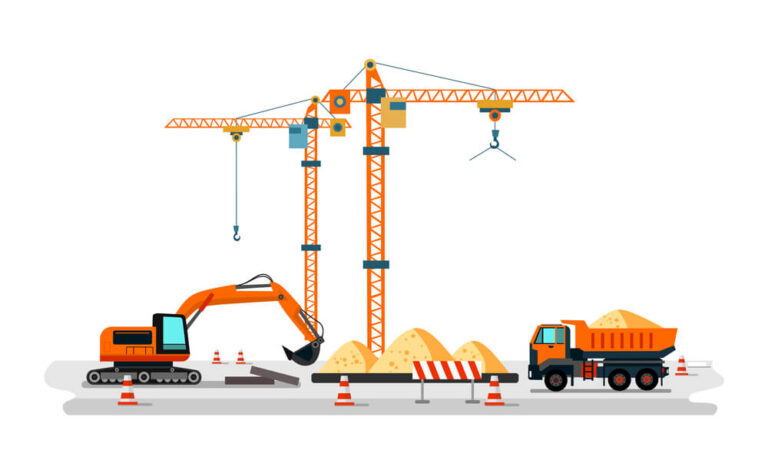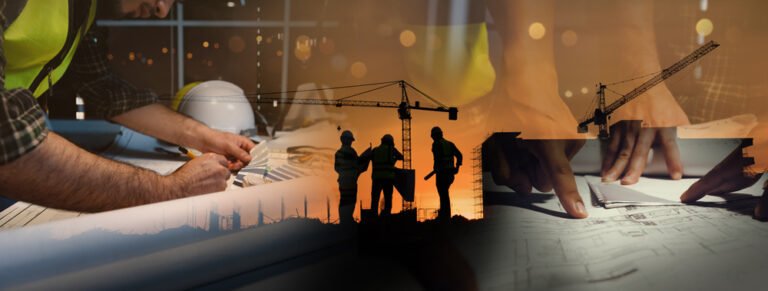What is Crane Inspection?
A Crane Inspection tests the safety and functionality of a crane. Because cranes lift and lower such heavy loads, using a crane daily on a job can wear down parts quickly. Having a trained inspector look at your crane will help you identify things that are not up to standards and issues that need to be fixed.
A Crane Inspection must be under the supervision of a competent authority and should not be erected in a weather condition likely to affect its ability. Timber support shall not be used as a structural member for the framework or bearer in the crane. The working platform in a crane shall have enough space, secure fencing, and safe accessibility, with all moving parts/machinery duly guarded.
Quick Navigation
Crane Inspection Services
Crane Inspection Services by TUV Austria Bureau of Inspection & Certification ensure that your equipment performs optimally and without any unfortunate incident.

What are the requirements for a Crane Lifting?
The requirements of Crane Lifting are:
- Crane position on the firm and level ground without rigger fully extended and placed on outrigger pad.
- Tires of the ground.
- Certified Rigger & Crane operator.
- The safe load indicator is working.
- Inspect the crane leakage before lifting.
- The load’s weight is confirmed and within the crane’s safe working limit.
- Safety devices are not bypassed.
- The swing radius is barricaded & no unauthorized entry into the lifting zone.
- Lifting tools must be free from any defects.
- Wind speed up to 32 km/ph. is permissible while lifting.
- Rigging plan for all critical lifting, etc.
What is Crane Inspection Procedure?
Any winch drum, wire, and pulley shall be designed and constructed to conform to accepted engineering practices and standards. The diameter for the winch drum, wire, and pulley will be correct and suitable for the desired function and must adequately secure all chains or ropes to the drum. At least two turns of chain or rope must remain on the drum in all operating conditions. The wire rope must wind on evenly and not overlap itself under any circumstances.
- The diameter ratio of the drum and rope must conform to standard practice. All driving mechanism gears, sprockets, and wheels must be guarded appropriately, avoiding injury to the operating personnel. All boom cranes shall have an automatic safe load indicator and alarming device to alert the operator. The alarm will actuate if the boom extension approaches. Its safe working load should be clearly visible for all boom extensions and strictly adhered to.
- For all rail-mounted cranes, a stop or buffer must be provided on each rail at the end of the tracks, whereas a limit switch shall automatically stop the crane. These rails shall have an even running surface that is adequately supported on a surface that is firm enough to prevent excessive movement. Those rails must be laid in straight lines or curves of such radii so the crane can move freely without risk of derailment. The rails, sleepers, bearers, fishplates, chairs, stop, and buffers must be appropriately maintained. The rails and sleepers must not be used as anchorage.
- The crane user (Operator and Banksman) must ensure the weight of the load before it is lifted. Identifying the center of gravities for the load is also recommended, especially in non-uniform shapes.
- When the hook cannot be seen directly, the crane driver should rely on a signal from the banksman responsible for the lift. The crane signals conforming to international practice shall be used for such communication.
- The crane driver must not lift load unless adequately slung and safe for lifting. Each crane shall have suitable fire extinguishers duly approved by Fire Team and kept in ready-to-use condition. In the event of a fire, the crane driver should try to dispose of the load as safely as practicable before switching off the engine and subsequently attempting to extinguish the fire.
- It is strictly prohibited for anybody to ride on loads buckets or hooks suspended from cane boom or derrick. It is also not permitted to operate a crane within a distance of 15m from an overhead power line unless the electrical supply has been cabled and adequately isolated. A crane shall not be attached to balance the load.
What is Crane Inspection Checklist?
TUV Austria Bureau of Inspection and Certification has a long-standing reputation in Pakistan as the most reliable certification & Inspection services provider. Our Company performs inspections under the guidelines of LEEA (Lifting Equipment Engineers Association).

Every Crane Inspection checklist should include several checks and confirmations, including:
- Check Crane Operator and Rigger License / Certificate
- Check Crane Current Load Test and Inspection
- Check Crane Tiers Condition
- Check Crane Power Cables and Battery
- Check Fire Extinguisher and First Aid Boxes
- Check Engine, Hydraulic, Brake, and Fuel System
- Check Hook Hoisting and Auxiliary Cables
- Check Audible Reversing Alarm
- Check spark Arrester
- Check Flashing Visible Warning Light
- Check Safe Working Load SWL
- Check Automatic Safe Load Indicator Alarm
- Hoist Limit Switches / Anti-two Blocking Device
- Wooden/ Steel Blocks to Place Under Outrigger.
Why Choose Us?
The most valuable assets of the service-oriented company are its people; based on these criteria, the TUV Austria Bureau of Inspection & Certification takes pride in its diverse portfolio of highly qualified, exceptionally trained, and multi-lingual technical specialists. These phenomenal resources ensure timely, cost-effective assistance to clients’ procurement and construction projects. TUV Austria Bureau of Inspection & Certification’s vast umbrella of services includes:
- Third Party Inspection Services
- Pre-Shipment Inspection Services
- Risk-Based Inspection Services
- Lifting Equipment Inspection Services
- QA / QC Services
- Construction Supervision Services
- Technical Manpower Supply Services
- Non Destructive Testing (NDT) Services
- Storage Tank Inspection Services
- Pressure Equipment Directive (PED)
- Pressure Vessel Inspection Services
The success of every service organization depends on the strength of its personnel. TUV Austria Bureau of Inspection & Certification has developed a remarkably diverse technical staff of well-trained, highly qualified, and multi-lingual specialists. These valuable assets play an integral role in TUV AUSTRIA’S timely, cost-effective, and value-added support to clientele worldwide.
Would you mind sending an Enquiry so we can assist you?